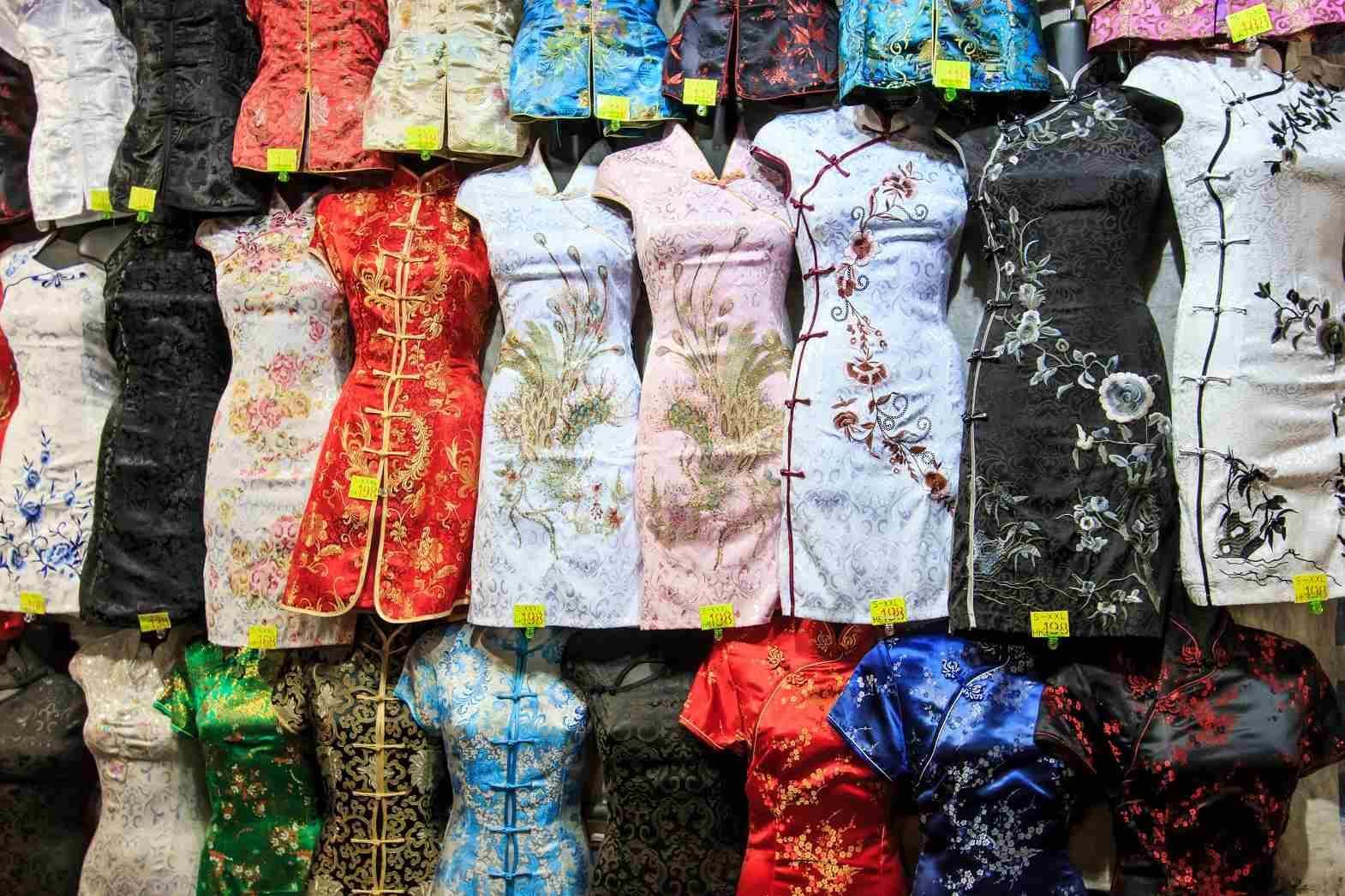Migration of the population to urban cities and an increase in disposable incomes are pushing forward the growth of the apparel industry in China. Apparel consumers in the country are conservative when it comes to buying new clothes and purchase them only when there is a seasonal change or require replacement. Discounts, sales, and offers attract a lot of buyers in the country. Department stores and specialty stores are the main distribution channels that attract consumers in China.
The market for sportswear is growing slowly. There are international players like Nike, Adidas, and Puma in the league along with local domestic brands like Li-Ning, which owns more than 8000 outlets in the country. The competition in this market segment is stiff, and retailers of sportswear garments are concentrating more on optimizing the existing store's performance rather than opening new stores. The estimated market size of the sportswear category is $11 billion for the year 2012.
The casual wear market is growing tremendously in China. After bidding adieu to the uniform style dress code of the 90s, the Chinese have become more liberal and have learned to embrace casual wear. Fashionable casual wear occupies two-thirds of the total casual wear segment and is expected to grow up to 15 percent by 2016. Due to plenty of choices and a wide customer base, the smaller business casual wear market is growing rapidly. The men's casual wear market is not so developed as the women's casual wear, which is estimated to hold a market size of $ 67 billion. Domestic apparel brands like Metersbonwe and GXG are big players in the casual wear market in China.
The fast urbanizing population of the country has led to the slow fading rule of the one-child policy, which in turn has led to the rise in the booming market for babywear. Moreover, the rising income of the middle class and the household size is also driving the market for babywear. The biggest five players in this category together occupy just 7 percent of the market; the competition among apparel retailers in this segment is very strong. Luxury brands like Armani and Burberry have entered the market after the success of babywear high fashion brands like Baby Dior.
The Chinese consumers are slowly showing interest in outdoor wear and currently only 5 to 6 percent of the population have engaged themselves in outdoor sports. But the comfort and functionality have turned the use of outdoor apparel into everyday wear clothes for a lot of Chinese shoppers. The market for outdoor apparel hence is growing steadily. The current international brands in this category are North Face, Columbia, Jack Wolfskin, and Northland along with domestic apparel retailers like Ozark and Toread.
For all the apparel categories the competition is intense in tier one cities of the country like Beijing, Shanghai, and Shenzhen. And, hence many foreign and domestic apparel enterprises are moving to tier two and three cities. Luxury giants like Gucci and Louis Vuitton are also expanding into lower level cities like Wuxi, Fuzhou, Xiamen, and Wuhan. In the face of tough competition from international apparel retailers, even domestic brands like Youngor, Joeone, and Septwolves are looking into expanding into lower cities.
The growth in the number of internet users and online shoppers is also motivating the apparel market of China. According to iResearch the online sales of apparel accounted for 26.7 percent for the year 2011. The emergence of multi-brand channels, B2B, and B2C platforms are becoming increasingly popular among apparel consumers. Moreover, C2C single sellers are expanding rapidly in China.
Apparel companies to stay in the competition are concentrating on extensive marketing and branding. Sponsoring events, partnering in charitable activities, building flagship stores, and investment in product development are few aspects the apparel brands are mainly considering to survive and win the hearts of Chinese customers. With international players entering the lower cities and domestic local players moving to tier one and two cities, the Chinese apparel market is going to get more competitive than ever.
References:
1. Atkearny.com
2. Cottoninc.com
3. Funggroup.com








Comments